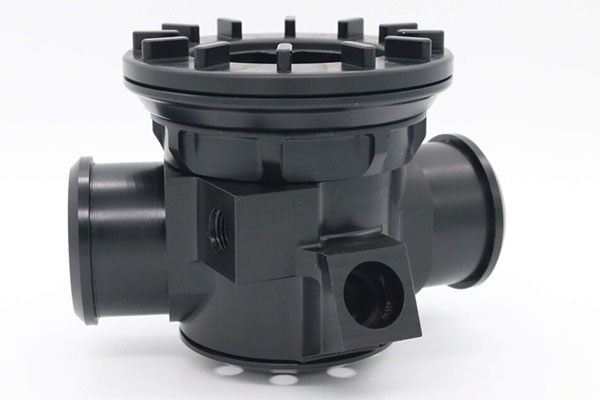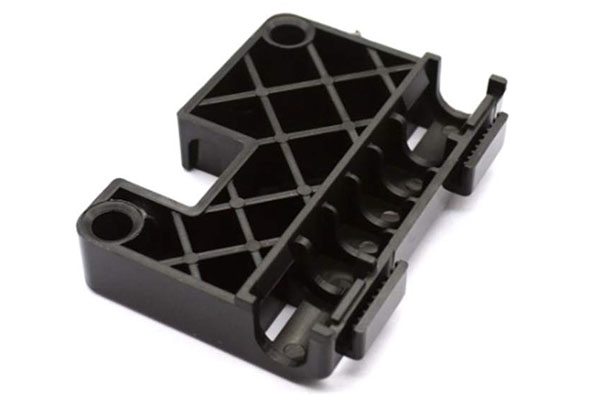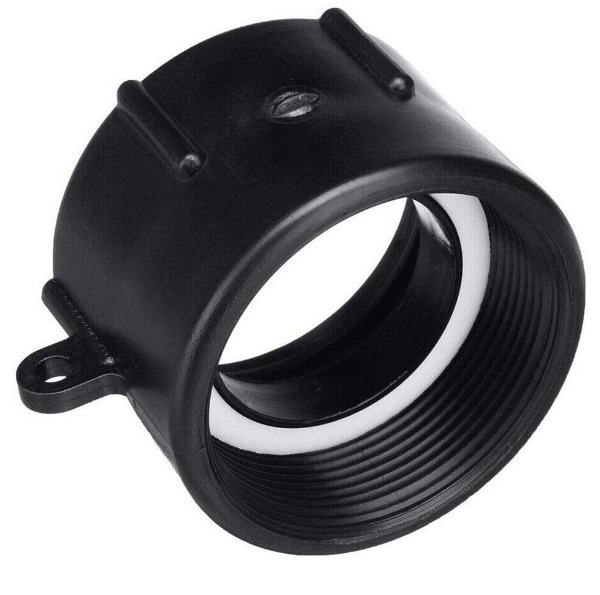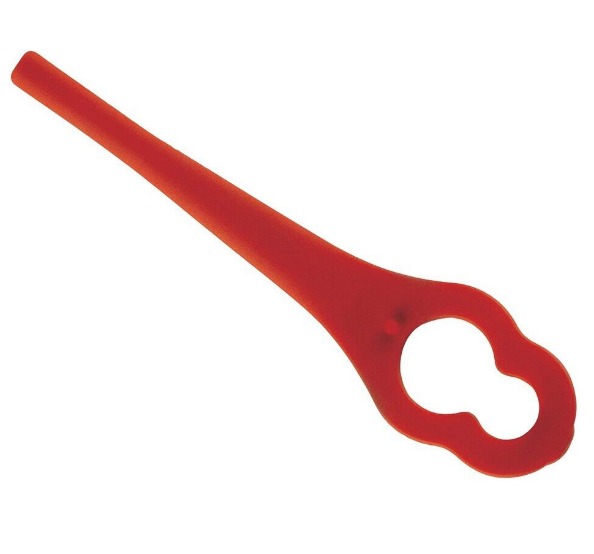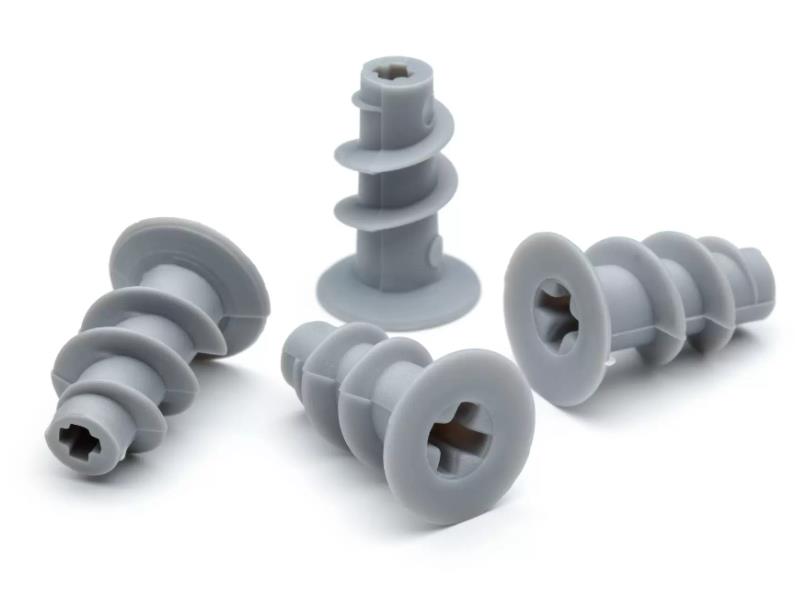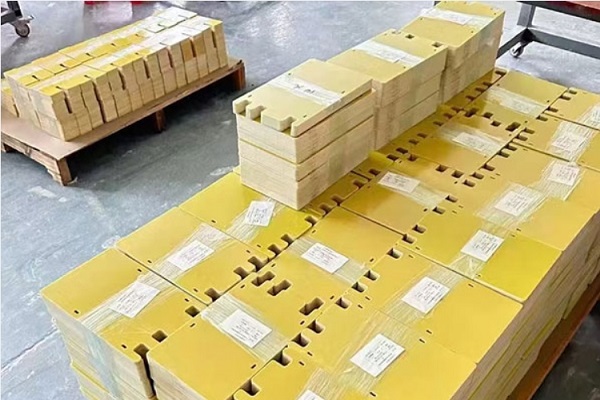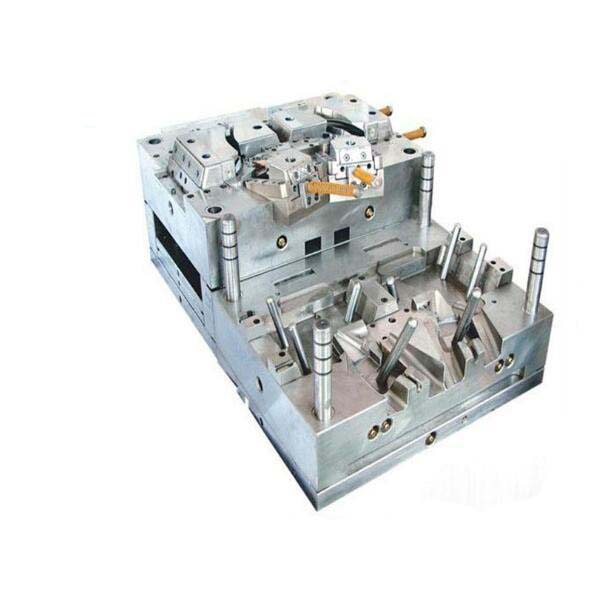Introduction
In the vast landscape of modern manufacturing, plastic molding factories play a pivotal role. They are the silent powerhouses that transform raw plastic materials into a staggering array of products that permeate every aspect of our daily lives. From the tiny components within our electronic devices to the large and complex parts in automobiles, plastic molding factories are the backbone of countless industries.
The significance of plastic molding factories lies in their ability to achieve precision, efficiency, and innovation in the production process. Precision ensures that the final products meet the strictest quality standards, with every dimension and detail accurately replicated. Efficiency allows for high - volume production, reducing costs and meeting market demands in a timely manner. Innovation, on the other hand, drives the development of new materials, processes, and designs, keeping the factories at the forefront of the manufacturing industry.
In this article, we will delve deep into the world of plastic molding factories, exploring how they achieve precision in their operations, enhance efficiency in production, and stay at the cutting - edge of innovation. Whether you are a business looking for a reliable plastic molding partner, an engineer interested in the latest manufacturing techniques, or simply a curious mind wanting to understand the manufacturing process better, this article will provide valuable insights.
Precision in Plastic Molding
Advanced Molding Technologies
Precision in plastic molding begins with the adoption of advanced molding technologies. Our plastic molding factory is equipped with state - of - the - art injection molding, blow molding, and rotational molding equipment.
Injection molding is a widely used process in our factory. It involves injecting molten plastic into a mold cavity under high pressure. This method is ideal for producing complex - shaped and high - precision parts. For example, when manufacturing small electronic components such as connectors for smartphones, the injection molding process can achieve dimensional tolerances as low as ±0.01mm. By precisely controlling the temperature, pressure, and injection speed, we can ensure that each connector has consistent dimensions and high - quality surface finish, meeting the strict requirements of the electronics industry.
Blow molding, on the other hand, is our go - to technology for creating hollow plastic products. In the production of plastic bottles for the beverage industry, our blow molding machines can produce bottles with extremely uniform wall thickness. Through advanced control systems, we can adjust the air pressure and blowing time accurately, resulting in bottles with a wall thickness variation of less than 0.1mm. This not only ensures the strength and durability of the bottles but also contributes to their aesthetic appeal.
Rotational molding is another technology we utilize for large - scale, one - piece plastic products. When manufacturing large storage tanks, rotational molding allows us to create seamless, uniform - walled structures. The process involves rotating a mold containing plastic powder in an oven, causing the powder to melt and coat the inner surface of the mold evenly. This results in products with excellent structural integrity and precise shape replication.
Precision - oriented Quality Control
Quality control is the cornerstone of achieving precision in plastic molding. Our factory has established a comprehensive quality control system that covers every stage of the production process, from raw material inspection to final product testing.
Raw Material Inspection:
Before any production begins, we conduct rigorous tests on all incoming plastic raw materials. We check for properties such as melt flow index (MFI), density, and moisture content. For example, if the MFI of a particular plastic resin is outside the specified range, it can affect the flowability of the plastic during molding, leading to inconsistent product quality. By ensuring that the raw materials meet our strict standards, we lay a solid foundation for high - precision production.
In - process Monitoring:
During the molding process, we use advanced sensors and monitoring systems to keep a close eye on critical parameters. These include temperature, pressure, and cycle time. For instance, in injection molding, if the mold temperature fluctuates, it can cause the plastic to cool unevenly, resulting in warped or dimensionally inaccurate products. Our real - time monitoring system alerts operators immediately when any parameter deviates from the set values, allowing for prompt adjustments.
Final Product Inspection:
After the products are molded, they undergo a series of final inspections. We use a combination of manual and automated inspection methods. Automated optical inspection (AOI) systems are used to check for surface defects, such as scratches, cracks, or uneven finishes. Coordinate measuring machines (CMMs) are employed to measure the dimensions of the products accurately. The following table shows some of the common inspection items and their corresponding standards:
| Inspection Item | Standard |
| Dimensional Accuracy | ±0.05mm for most products, ±0.01mm for high - precision components |
| Surface Finish | Ra ≤ 0.8μm (roughness average) |
| Wall Thickness Variation | ≤ 0.1mm for blow - molded products |
| Tensile Strength | Meets or exceeds the material's specified tensile strength value |
This meticulous quality control process ensures that every product leaving our factory meets the highest standards of precision and quality.
Efficiency - driven Operations
Streamlined Production Processes
Efficiency in a plastic molding factory is greatly enhanced by streamlined production processes. We have embraced the lean production concept, which focuses on eliminating waste in all forms. By carefully analyzing our production lines, we identified several areas of waste, such as overproduction, waiting times, and excessive inventory.
For example, we implemented a pull - based production system. Instead of producing large batches of products in advance, we produce based on actual customer orders. This has significantly reduced our inventory levels and the risk of overproduction. We also optimized the layout of our production facilities. By rearranging the workstations and equipment, we shortened the material flow paths, reducing the time spent on transporting materials between different production stages.
The following flowchart shows the comparison of our production process before and after the optimization:
Before Optimization
- Raw materials are received and stored in a large warehouse.
- Production planning is based on forecasts, and large - batch production is carried out.
- After molding, products are sent to a quality inspection area far from the production line, causing long transportation times.
- Defective products are identified late in the process, leading to rework or scrapping.
After Optimization
- Raw materials are delivered just - in - time (JIT) based on production schedules, reducing inventory storage space and costs.
- Production is driven by customer orders, with small - batch and flexible production.
- Quality inspection points are integrated into the production line, allowing for immediate detection and correction of defects.
- Products are quickly moved to the packaging area after passing inspection, reducing overall production cycle time.
These improvements have led to a 30% reduction in production cycle time, enabling us to deliver products to our customers more quickly.
High - tech Equipment for Faster Output
In addition to process optimization, high - tech equipment plays a crucial role in achieving high - efficiency production. Our plastic molding factory is equipped with a fleet of high - speed injection molding machines. These machines are designed to operate at significantly faster speeds compared to traditional injection molding equipment.
For instance, our latest high - speed injection molding machine can complete an injection cycle in as little as 2 seconds, while a traditional machine might take 5 - 8 seconds for the same operation. This means that we can produce up to 3 - 4 times more products per hour with the high - speed machine. In terms of production capacity, a single high - speed injection molding machine can produce 10,000 - 15,000 small - sized plastic parts per day, depending on the complexity of the product.
The high - speed injection molding machines are also highly automated. They are equipped with robotic arms for automatic part removal and feeding of raw materials. This automation not only speeds up the production process but also reduces the error rate caused by human operation. The robotic arms can accurately pick and place parts within a tolerance of ±0.5mm, ensuring consistent product quality during the high - speed production process.
Moreover, these high - tech machines are energy - efficient. They use advanced servo - drive systems that consume up to 30% less energy compared to older hydraulic - driven injection molding machines. This not only helps us reduce our production costs but also aligns with our commitment to environmental sustainability.
Yigu Technology's Perspective
Yigu Technology, a non - standard plastic metal products custom supplier, believes that plastic molding factories should always be in a state of continuous innovation. To achieve this, strengthening cooperation with scientific research institutions is crucial. By collaborating with these institutions, plastic molding factories can gain access to the latest research findings and technological breakthroughs in the field of materials and manufacturing processes. This enables them to develop new plastic materials with enhanced properties, such as higher strength, better heat resistance, or improved biodegradability.
Moreover, Yigu Technology emphasizes the importance of closely monitoring market demands. The market is constantly evolving, and customers' needs are becoming more diverse and specific. Plastic molding factories should be able to quickly respond to these changes by developing customized products. For example, in the consumer electronics market, the demand for smaller, lighter, and more durable plastic components is on the rise. Factories that can develop and produce such components according to the specific requirements of electronics manufacturers will have a greater competitive edge in the market. By focusing on continuous innovation, cooperation with research institutions, and customization based on market demands, plastic molding factories can stay competitive and thrive in the highly competitive manufacturing industry.
FAQs
Q1: How does a plastic molding factory ensure the precision of its products?
A plastic molding factory ensures product precision through several means. First, advanced technologies like injection, blow, and rotational molding are used, which allow for precise control over the molding process. Second, strict quality control processes are implemented. This includes raw material inspection, in - process monitoring of parameters such as temperature and pressure, and final product inspection using tools like automated optical inspection systems and coordinate measuring machines. Third, high - precision equipment is utilized, which can operate with tight tolerances to accurately replicate product dimensions.
Q2: What are the main factors affecting the efficiency of a plastic molding factory?
The main factors affecting the efficiency of a plastic molding factory include the rationality of the production process. For example, a streamlined process with less waste, like a pull - based production system, can greatly enhance efficiency. The advanced degree of equipment also matters. High - speed and automated machines can complete operations faster and with fewer errors. Additionally, the skills of the production personnel play a role. Well - trained workers can operate the equipment more proficiently and handle issues promptly. Management level is another key factor. Effective management can optimize production schedules, allocate resources efficiently, and quickly respond to any production - related problems.
Q3: Why is innovation important for a plastic molding factory?
Innovation is crucial for a plastic molding factory for several reasons. Firstly, it helps the factory to stay competitive in the market. By developing new products, materials, or processes, the factory can differentiate itself from competitors. Secondly, innovation allows the factory to better meet the changing market demands. As customers' needs evolve, innovative solutions can satisfy their new requirements. Thirdly, it can open up new markets and application fields. For instance, the development of biodegradable plastics can lead to opportunities in the environmentally - conscious consumer goods market.
